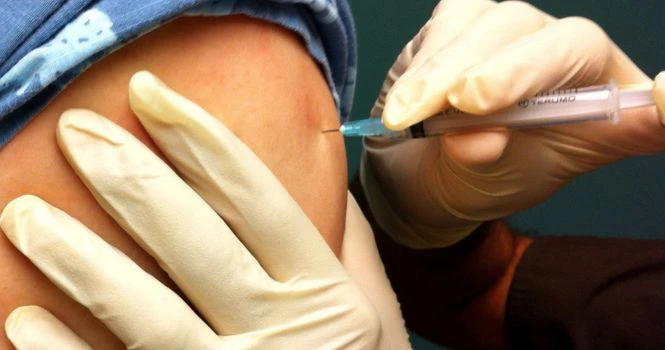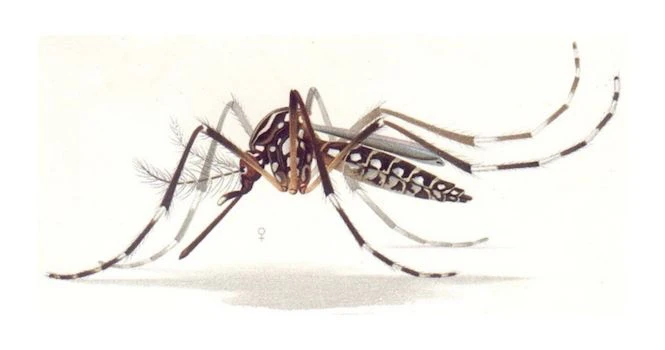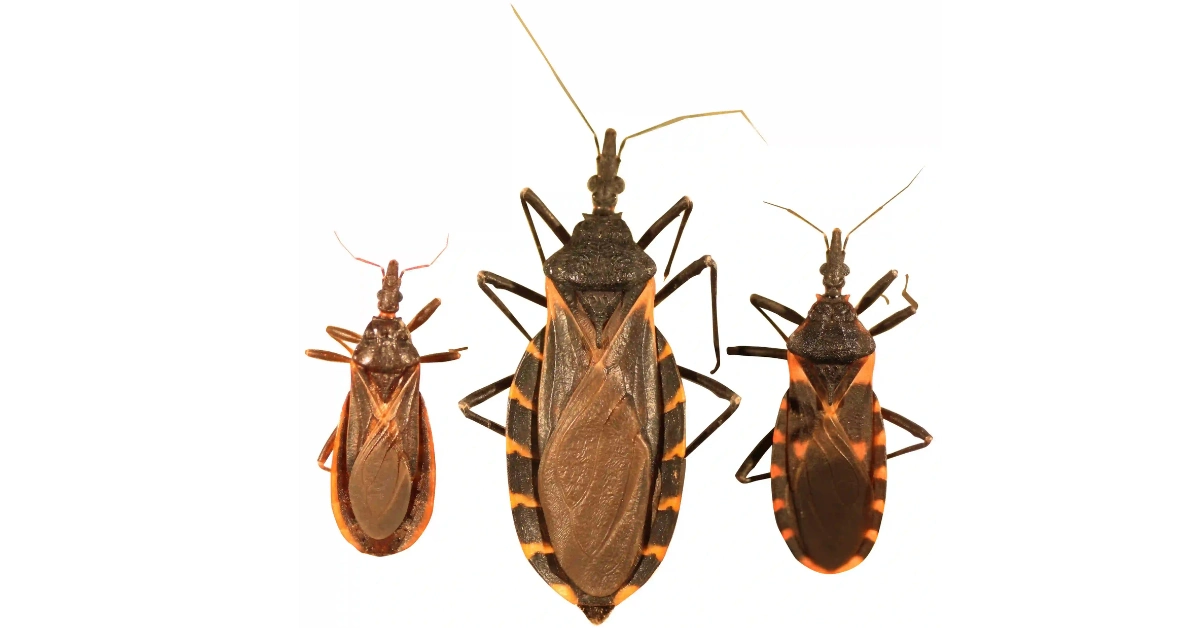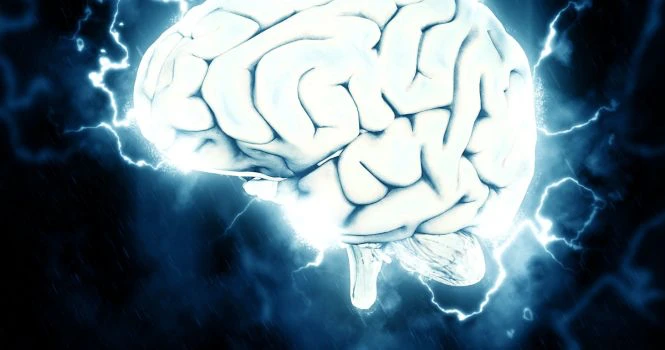Is Sinus Infection Contagious
Before we go into the question, Is sinus infection contagious, let’s understand what sinus infection is and how it is caused.
Sinusitis is the inflammation of the mucosa of the sinus.More recently has been called Rhinosinusitis. Sinusitis and Rhinosinusitis are synonyms and are used interchangeably.
What are Sinuses and where sinuses are located?
Sinuses are air containing cavities in certain bones of the skull. Paranasal Sinuses, which are affected in sinusitis are such air cavities surrounding the nose.

The 4 Paranasal Sinuses are
- Maxillary Sinus
- Frontal Sinus
- Ethmoid Sinus
- Sphenoid Sinus
Inflammation of all the 4 Sinuses is called PAN Rhinosinusitis.
Functions of Paranasal Sinuses
The probable function are
- Air entering the nose is air-conditioned over a large surface area over which the air is humidified and warmed.
- Voice resonance
- Protect delicate structures inside by acting as thermal insulators from temperature variations.
- To lighten the skull bones; as the cavities are filled with air.
Classification of Rhinosinusitis
Rhinosinusitis or Sinusitis can be classified as ,
- Acute Rhinosinusitis: Duration of symptoms lasting less than 4 weeks with complete recovery
- SubAcute Rhinosinusitis: Duration of symptoms for 4 week to 12 weeks
- Chronic Rhinosinusitis: Duration of symptoms for 12 weeks or more
- Recurrent Rhinosinusitis: If you are having sinusitis of 4 or more episodes, each lasting for 7 to 10 days with complete recovery in between the episodes.
Causes of Rhinosinusitis
This is caused either with a Virus or Bacteria.
If it is caused by a Virus then it is called Acute Viral Rhinosinusitis and Acute Bacterial Sinusitis usually follows after infection with the Virus.
Acute Viral RhinoSinusitis
This is caused by Respiratory Viruses , usually common cold viruses like Rhinovirus, Influenza virus and Parainfluenza viruses.
It is transmitted by aerosolized droplet infection by coughing and sneezing . Incubation period is 1 to 4 days. (Incubation period is the time required for the virus to enter the body to the appearance of the first symptom)
Clinical features include
- Nasal congestion or blockage
- Rhinorrhoea, commonly called runny nose ( free flowing thin discharge of nasal fluid)
- Sneezing
- Low-grade fever.
Unless complicated by bacterial infection, the patient improves within a week or 10 days. It is a self-limiting disease meaning it resolves on its own and no medications are required as it is caused by a Virus. Supportive treatment can be given to relieve the patients from troublesome symptoms.
Treatment is symptomatic with use of Topical nasal decongestants and Antihistamines.
- Analgesics are useful to relieve headache, fever and myalgia.
- Aspirin should be avoided, as it causes increased shedding of the virus.
- Plenty of fluid intake should be encouraged.
- Nasal saline sprays are useful.
- Antibiotics are not needed.
If it doesn’t resolve within 10 days then the chances of being infected with bacteria increases as to make the matters worse, if the patient is immunocompromised then it may lead to infection of the pharynx, Bronchitis , pneumonia or infection of the middle ear (Otitis Media)
Coming to the Question , Is sinus infection contagious?
The Patient may be transmitting the virus when he coughs or sneezes as it spreads by droplets, and others can get the virus, but the chances of others being infected and then leading to sinusitis depends on the immunity of that individual. It’s always better to sneeze into your elbows and cover your mouth while you cough.
Now read on for more details…
Acute Bacterial RhinoSinusitis
It follows when acute viral sinusitis is worsening. The virus damages the cilia and mucous membrane which causes oedema and which in turn blocks the nasal passage.
It usually follows after the patient has had a common cold and is not yet recovered.
The most common bacteria responsible for RhinoSinusitis are
- Streptococcus pneumoniae
- Haemophilus influenzae
- Moraxella catarrhalis
- Staphylococcus aureus
Clinical Features
- Facial pain or Facial pressure is the main symptom (Pain originating in any part of the face)
- Nose blockage
- Nasal discharge which is thick , coloured and opaque
- Hyposmia (Decreased sense of smell or ability to detect odors)
- Anosmia (Inability to smell anything)
- Cough
- Fever
- Headache
- Fullness of ear
- Dental Pain
- Halitosis (Bad breath)
Diagnosis
Diagnosis is made, If Acute Viral Sinusitis is not subsiding or persists for more than 10 days.
CT scans are not required and only ordered if complications are suspected or the patient is not responding to treatment.
A swab is taken from the middle meatus to know the type of bacteria causing it and it is cultured and drug sensitivity is done to know by which drug the bacteria is susceptible.
Treatment
Treatment plans include
- Analgesics
- Antibiotics
- Saline Irrigation
- AntiHistamine
- Decongestants
- Intra Nasal Steroids
Oral nasal decongestants are NOT to be taken, if you have high Blood Pressure and have peptic ulcer. Your doctor would advise you accordingly on the treatment .
Inflammation of Types of Sinuses
Let get into details of the inflammation of four Paranasal Sinuses namely
- Acute Maxillary Sinusitis
- Acute Frontal Sinusitis
- Acute Ethmoid Sinusitis
- Acute Sphenoid Sinusitis
Acute Maxillary Sinusitis
Causes
- It starts commonly as viral rhinitis, which spreads and involves sinus mucosa and later is followed by bacterial invasion.
- Swimming in contaminated water
- Dental infections are an important source of maxillary sinusitis and periapical dental abscess might burst into sinus or it could be infected during wisdom tooth removal.
- Facial trauma which led to compound fractures.
Clinical Features
It depends on the severity of inflammation and how the ostium (opening) is draining the exudates(mucus that leaks out) .Closed openings would lead to more complications .
- Fever
- General Malaise
- Body ache
- Headache
- Pain over the upper jaw, radiating to gums and teeth. When this toothache is the main symptom, then the patient might visit the dentist first. However the pain increases, when the head is bent forwards and downwards, coughing or chewing.
- Redness and swelling of cheek
- Nasal Discharge
Diagnosis
Transillumination test show the affected sinus as opaque.
In this test, bright light is placed inside the patient’s mouth and bright transmission of light indicates that the sinus is normal with air filled sinus. Absent light transmission suggests presence of fluid. This test shows sinus as opaque.
X-rays. Waters’ view will show either an opacity or a fluid level in the involved sinus. Computed tomography (CT) scan is the preferred imaging modality to investigate the sinuses.
Treatment
Medical Treatment
- Antimicrobial drugs
- Nasal Decongestant Drops
One percent ephedrine or 0.1% xylo or oxymetazoline are used as nasal drops or sprays to decongest sinus ostium and encourage drainage.
- Steam inhalation
Steam alone or medicated with menthol or Tr. Benzoin Co. provides symptomatic re- lief and encourages sinus drainage. Inhalation should be given 15–20 min after nasal decongestion for better penetration.
- Analgesics
- Hot Fomentation
Local heat to the affected sinus is soothing and reduces inflammation.
Surgical Treatment
Antral Lavage is done but rarely necessary as most of them respond to medical treatment.
Complications
- It may lead to subacute sinusitis
- It may lead to Chronic Sinusitis
- It may lead to Frontal sinusitis
Acute Frontal Sinusitis
Causes
- Follows Viral infections of Upper respiratory tract followed by bacterial invasion
- Entry of water into sinus, usually during diving or swimming
- Sinus fractures
Clinical Features
- Frontal headache which shows characteristic periodicity, which starts with walking and slowly increases and reaches a peak at mid-day and slowly subsides. It is commonly called ‘Office Headache” as it is present during office hours.
- Tenderness when pressed on the frontal sinus with fingers
- Edema of upper eyelids
- Nasal Discharge
Diagnosis
X-rays : Opacity of the affected sinus or fluid level can be seen. Both Waters’ and lateral views should be taken. CT scan is the preferred modality.
Treatment
Medical
Treatment is the same as in Maxillary sinusitis as explained above. If the patient shows response to medical treatment and pain is relieved, treatment is continued for a full 10 days to 2 weeks.
Surgical
Trephination of frontal sinus.
If there is persistence or increase of pain or fever in spite of medical treatment for 48 hours, or if the lid swelling is increasing and threatening orbital cellulitis, frontal sinus is drained externally.
A 2 cm long horizontal incision is made in the superomedial aspect of the orbit below the eyebrow. Floor of the frontal sinus is exposed and a hole drilled with a burr.
Pus is taken for culture and sensitivity, and a plastic tube inserted and fixed.
Sinus can now be irrigated with normal saline two or three times daily until the frontonasal duct becomes patent.
This can be determined by adding a few drops of methylene blue to the irrigating fluid and its exit seen through the nose. Drainage tube is removed when the frontonasal duct becomes patent.
Complications
- Orbital cellulitis
- Osteomyelitis of the frontal bone
- Meningitis or frontal lobe abscess
- Chronic frontal sinusitis
Acute Ethmoid Sinusitis
Causes
- Involved with infected of maxillary or frontal sinus and most commonly found in infants and children
Clinical Features
- Pain over the bridge of the nose and medial and deep to the eye. Pain is increased when the eye balls are moved.
- Both eyelids may become puffy and swollen
- Nasal Discharge
Treatment
Treatment is the same as in Maxillary sinusitis as explained above. If there is visual disturbance or if bulging of eyeballs is seen then incision is made to drain the abscess.
Complications
- Orbital cellulitis and abscess.
- Visual deterioration and blindness due to involvement of optic nerve.
- Cavernous sinus thrombosis.
- Meningitis or brain abscess.
Acute Sphenoid Sinusitis
Causes
- Isolated sphenoid involvement is rare and it is involved when other sinuses are infected. Associated with infected posterior ethmoid sinus.
Clinical Features
- Headache which is felt on the back of the head or on the top of the head.
- Post Nasal Discharge
X-rays : Opacity or fluid level may be seen in the sphenoid sinus.
Treatment
Treatment is the same as other cases of acute infection of sinuses.












